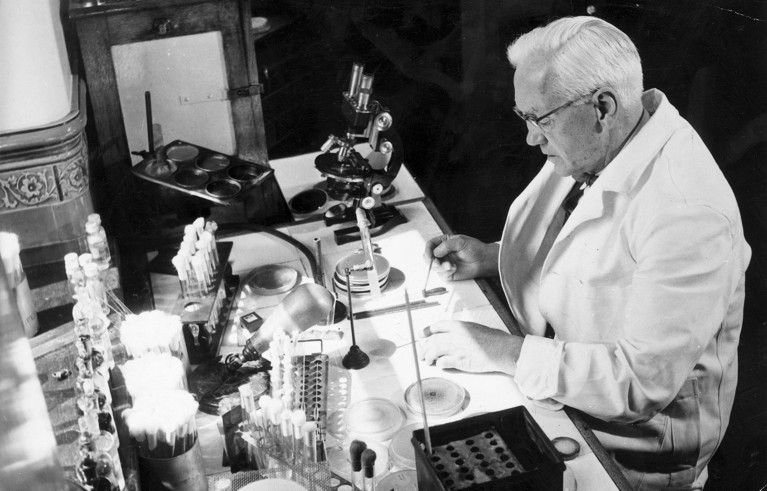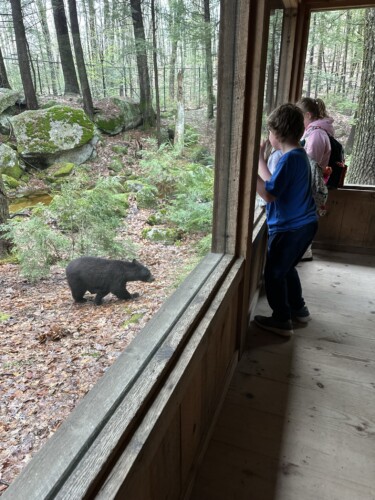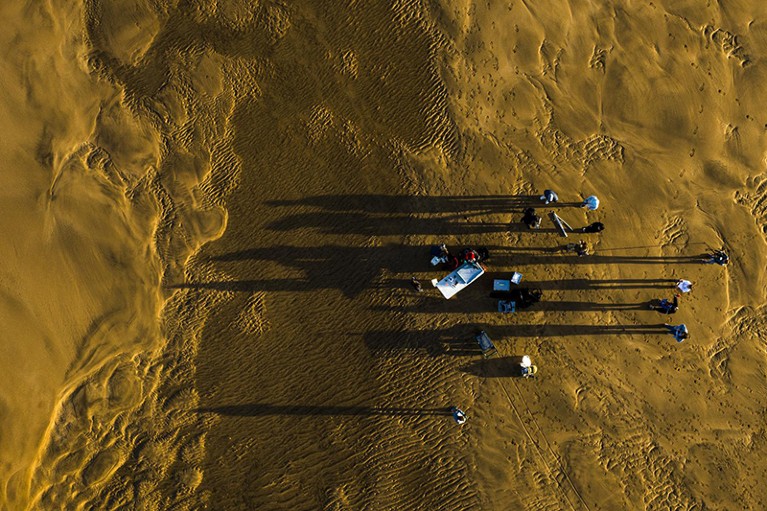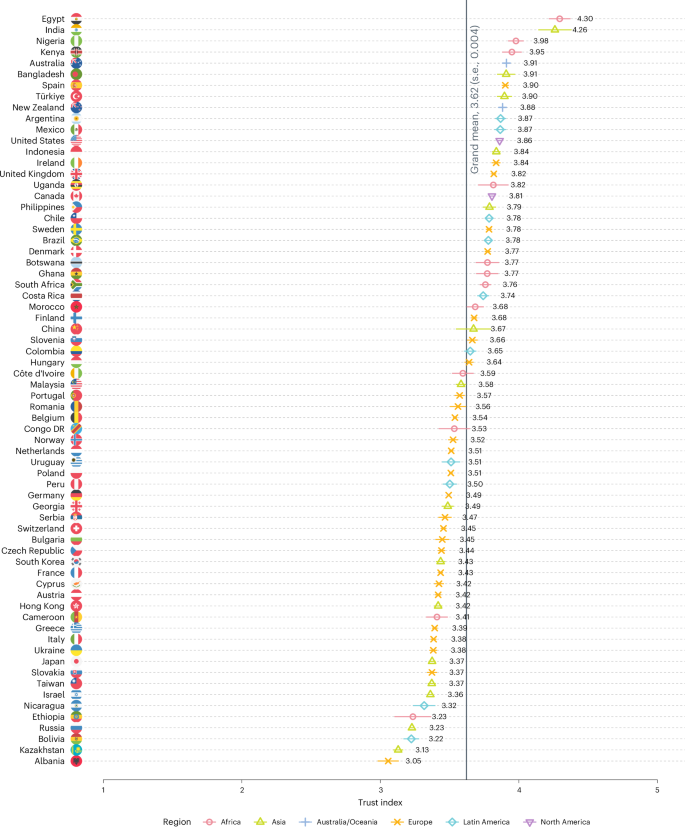-
How often do unexpected scientific discoveries occur? More often than you might think

Alexander Fleming famously observed that a stray mould from the genus Penicillium prevented bacteria in a Petri dish from growing.Credit: Chris Ware/Keystone Features/Getty Science is littered with serendipitous findings — such as Alexander Fleming’s chance observation that a mould killed the bacteria he was culturing, which led to the discovery of antibiotics. Now, a study…
-
Quantum stocks boom then bust: is there science behind the whiplash?

Quantum-computing companies have been grabbing headlines since Jensen Huang, chief executive of tech giant Nvidia, reportedly told market analysts on 7 January that he couldn’t see quantum computers becoming “truly useful” for another two decades. The day after, the share prices of firms IonQ, Quantum Computing Inc., Rigetti and D-Wave crashed — although they have…
-
What Trump’s flurry of executive orders means for science

After his inauguration as US president on 20 January, Donald Trump signed executive orders in the White House.Credit: Jim Watson/AFP via Getty Soon after being sworn in as the 47th President of the United States on Monday, Donald Trump signed a slew of executive orders that could reshape science at home and abroad. The orders…
-
Squam Lakes Natural Science Center

2025 Goals: Since 1966, Squam Lakes Natural Science Center has educated and enlightened visitors about the importance of our natural world through spectacular live animal exhibits, natural science education programs, guided Squam Lake Cruises, an informal botanical garden, and Blue Heron School, a nature-based Montessori early learning center. Our 2022-2026 Strategic Plan has four top…
-
Science on the go: bringing labs into the field

Aerial view of a site sampled by the TREC ecosystems project in Bilbao, Spain.Credit: Massimo del Prete/EMBL Throughout her career, Flora Vincent’s research has been limited by the quality of her research samples. Vincent, a marine microbiologist, studies the symbiosis between microorganisms. The samples she works on are typically collected in the Pacific and Atlantic…
-
How hosting Ukrainian scientists offers a template for supporting other scholars at risk

Amani Ahmed, who has settled in Edinburgh, UK, says her children still panic at the sound of fireworks, because it reminds them of the bombings in their homeland of Gaza.Credit: Salah Ahmed Since Russia invaded Ukraine in February 2022, the UK government has spent close to £13 million (US$16 million) on fellowships to support around…
-
‘Publish or perish’ culture blamed for reproducibility crisis

Credit: Getty Nearly three-quarters of biomedical researchers think there is a reproducibility crisis in science, according to a survey published in November. The leading cause cited for that crisis was “pressure to publish”. The study, reported in PLoS Biology1, surveyed the authors of articles that were published in the year from 1 October 2020 in…
-
Obesity drugs: huge study identifies new health risks

Ozempic and other GLP-1 drugs have a range of side effects and benefits that researchers are analysing.Credit: Steve Christo/Corbis via Getty Blockbuster obesity drugs such as Ozempic have been celebrated for their ability to treat weight loss and a surprising range of other conditions, from heart problems to Parkinson’s disease. Now, an analysis of data…
-
Cascaded metalenses boost applications in near-eye display

Abstract Recent advancements show the potential of cascaded metalenses in near-eye display applications, achieving performance that rivals traditional eyepiece systems. By leveraging the human pupil as an aperture and taking into account practical factors such as eye relief, pupil size, and display dimensions, this approach suggests a bright future for the incorporation of meta-optics in…
-
Trust in scientists and their role in society across 68 countries

Abstract Science is crucial for evidence-based decision-making. Public trust in scientists can help decision makers act on the basis of the best available evidence, especially during crises. However, in recent years the epistemic authority of science has been challenged, causing concerns about low public trust in scientists. We interrogated these concerns with a preregistered 68-country…